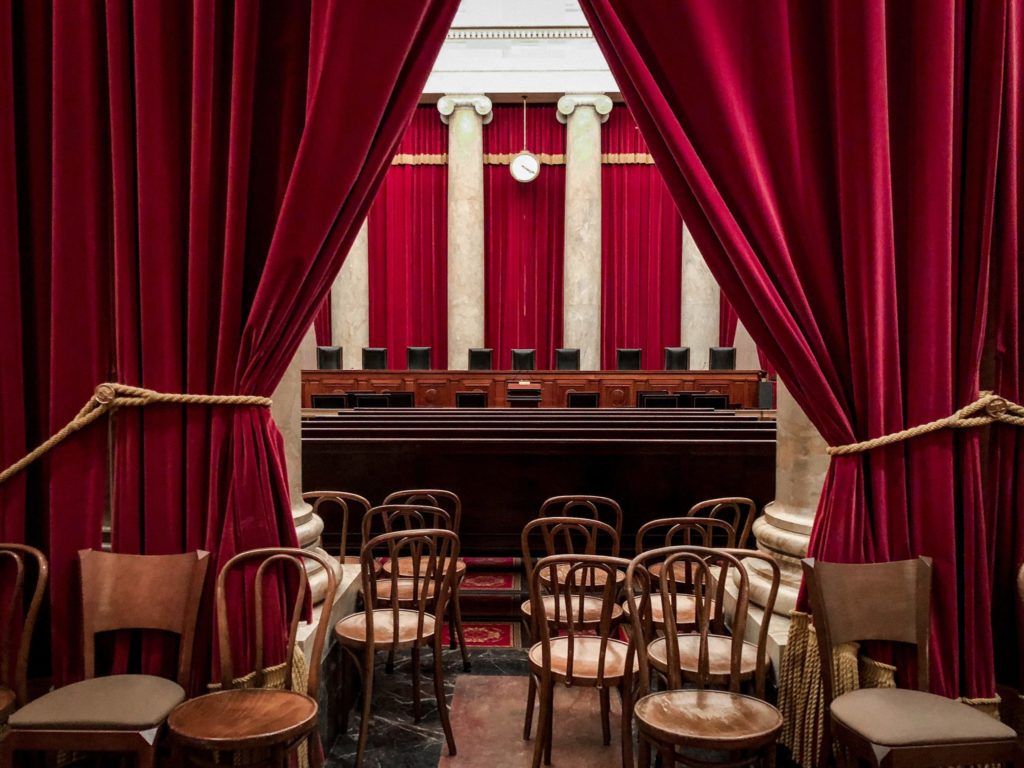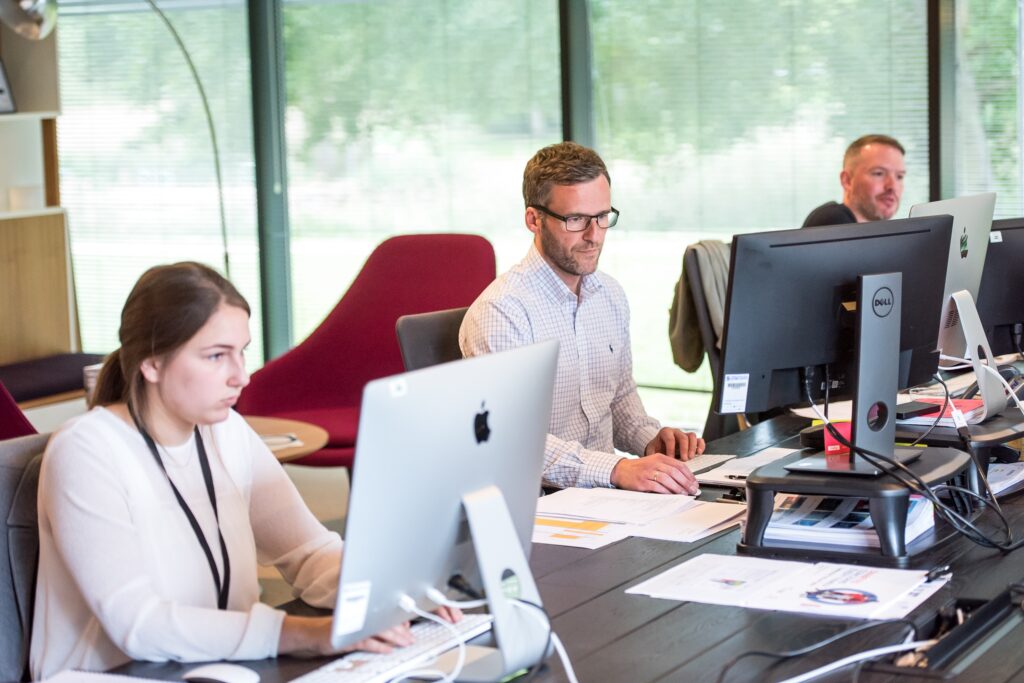When you think of captions as part of a piece of video content, you’re most likely picturing the words that display across the bottom of the screen while you’re watching TV, a movie, or a heart-warming video that popped up in your social media stream.
This is how it’s often done, but what happens if you’re working on something that’s live?
Just because your video content isn’t pre-recorded doesn’t mean you shouldn’t provide accessibility by adding captions. And, you can, with live captioning.
How captions work when something is pre-recorded
Captions that appear on content that’s not live usually get generated during post-production. Someone, or some program, will make a transcript of the dialogue spoken in the video, which can then get converted into captions. The text is then matched up to the right scene.
There are two types of captions for this instance.
- Closed captioning is an optional caption feature you can turn on and off. It provides additional accessibility to the message of the video for those who need it.
- Open captioning is when captions get embedded directly into the video content so everyone can see them. They’re helpful when it comes to social media content since so many people watch those videos with the sound off.
Both of these caption types will often include not only the dialogue spoken in the video, but also any sound queues. This way, the audience is fully aware of what’s happening in the scene.
How live captioning is different
Live captioning is for live programming. It’s very different from the two types of captions talked about above. There’s no transcript to review, and you have absolutely no time to crank those babies out. It’s all happening in real time.
Live captioning is most often used for news programs, sports coverage, reality shows, and live episodes of otherwise taped shows. It’s also employed in corporate settings at sales conferences, large meetings, and events.
With the real-time nature of live captioning, there’s no room for errors, so it’s very important you get the process down right.
How to create live captions

Typing
It may sound crazy, but sometimes live captions get created as someone types out exactly what’s said on camera as it’s being said. This requires such an acute attention to detail and speedy typing skills, but it gets the job done.
As the typist does their thing, the words go directly to the screen.
Stenocaptioning
This also requires an excellent typist, but with a different set of skills. Stenocaptioning creates live captions with the help of a stenotype machine. It’s a way to type using shorthand that you often see in a courtroom. This is how transcripts of court cases get created, and it also works for live captioning.
As the typist does their thing, the words go directly to the screen.


Respeaking
This option combines man and technology to create live captions that fly onto the screen. This process has captioners listen to the audio of the content they’re captioning and then repeat it, word-for-word into voice recognition software. The software then converts what it “hears” into the live caption.
Why is this tricky? Well, like when you use text-to-talk on your phone, you must use voice commands for punctuation and formatting. This software won’t run a grammar check for you.
Let the experts handle this complex process
As you can see, live captioning requires special skills and an insane attention to detail. Without the right people handling the job you could end up with unintelligible captions or so many errors people reading it miss the point of the content.
It’s best to rely on experts for this type of work, and ECG Productions can help. We approach this complex task with professionalism, relying on our own experience to make things go smoothly. This is exactly how we approach all our services at ECG, allowing us to offer you superior support throughout the production process. To learn more about our services, contact us today.

